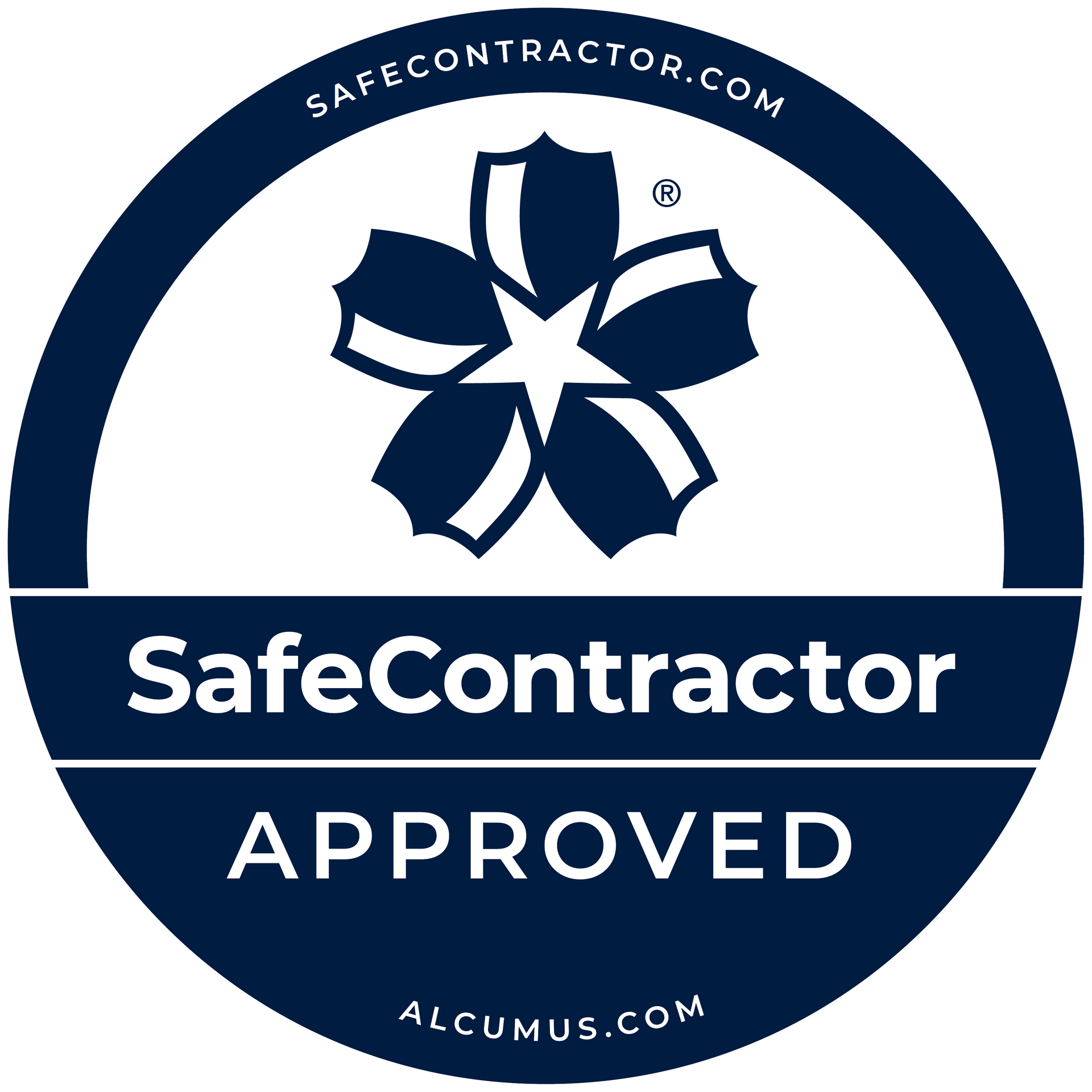CCTV Systems Guide
The Ultimate Guide to CCTV: Enhancing Security for Your Home and Business
In an era where security concerns are paramount, Closed-Circuit Television (CCTV) systems have become an essential component of modern security solutions. CCTV cameras not only deter crime but also provide invaluable evidence in the event of an incident. This comprehensive guide will delve into the world of CCTV, exploring its benefits, types, and best practices for installation and usage.
What is CCTV?
CCTV, or Closed-Circuit Television, is a system of video cameras used to transmit signals to a specific set of monitors. Unlike broadcast television, the signal is not openly transmitted, providing a closed loop of surveillance. CCTV systems are widely used for monitoring and security purposes in various settings, including homes, businesses, public spaces, and institutions.
Benefits of CCTV Systems
1. Crime Deterrence:
- The presence of visible CCTV cameras can significantly deter criminal activities such as theft, vandalism, and trespassing.
2. 24/7 Monitoring:
- CCTV systems provide round-the-clock surveillance, ensuring continuous monitoring of your property.
3. Evidence Collection:
- High-quality video footage from CCTV cameras can serve as crucial evidence in investigations and legal proceedings.
4. Remote Monitoring:
- Many modern CCTV systems allow for remote access, enabling property owners to monitor their premises from anywhere via smartphones or computers.
5. Enhanced Safety:
- CCTV systems contribute to overall safety by monitoring high-risk areas, ensuring quick response to emergencies, and preventing accidents.
Types of CCTV Cameras
1. Dome Cameras:
- Design: Dome-shaped cameras that are discreet and blend into the environment.
- Usage: Ideal for indoor use, providing wide-angle coverage and resistance to tampering.
2. Bullet Cameras:
- Design: Cylindrical cameras that are highly visible and act as a strong deterrent.
- Usage: Suitable for outdoor use, with long-range capabilities and weather-resistant features.
3. PTZ (Pan-Tilt-Zoom) Cameras:
- Design: Cameras that can pan, tilt, and zoom, offering flexible and comprehensive coverage.
- Usage: Useful in large areas such as parking lots, warehouses, and public spaces.
4. IP Cameras:
- Design: Digital cameras that transmit data over the internet.
- Usage: Provide high-resolution footage and can be integrated with other smart home or business systems.
5. Infrared/Night Vision Cameras:
- Design: Equipped with infrared technology to capture clear images in low-light conditions.
- Usage: Essential for 24/7 surveillance, particularly in outdoor and dimly lit areas.
Best Practices for CCTV Installation
1. Assess Your Needs:
- Conduct a thorough assessment of your property to determine the areas that require surveillance and the types of cameras needed.
2. Optimal Camera Placement:
- Position cameras at entry and exit points, high-traffic areas, and vulnerable spots such as windows and back doors.
3. Height and Angle:
- Mount cameras at a height that prevents tampering and provides a clear, unobstructed view of the area.
4. Lighting Considerations:
- Ensure proper lighting for clear footage, especially for outdoor cameras. Consider infrared cameras for night vision.
5. Secure Network:
- For IP cameras, use strong passwords and encryption to protect against hacking and unauthorized access.
6. Regular Maintenance:
- Regularly check and maintain your CCTV system to ensure optimal performance. Clean lenses, check connections, and update software as needed.
Legal and Ethical Considerations
1. Privacy:
- Respect the privacy of individuals by avoiding surveillance of private areas such as bathrooms and neighboring properties.
2. Signage:
- Inform people that they are under surveillance by displaying clear signs around your property.
3. Compliance:
- Adhere to local laws and regulations regarding the use of CCTV cameras, including data protection and retention policies.
Conclusion
Investing in a CCTV system is a proactive step toward enhancing the security of your home or business. With various types of cameras and advanced features available, it's crucial to choose a system that meets your specific needs. By following best practices for installation and maintenance, you can ensure comprehensive surveillance and peace of mind.
For more information on selecting and installing the right access control system, or to explore our range of security solutions, visit https://www.fuse-security.com/products.


